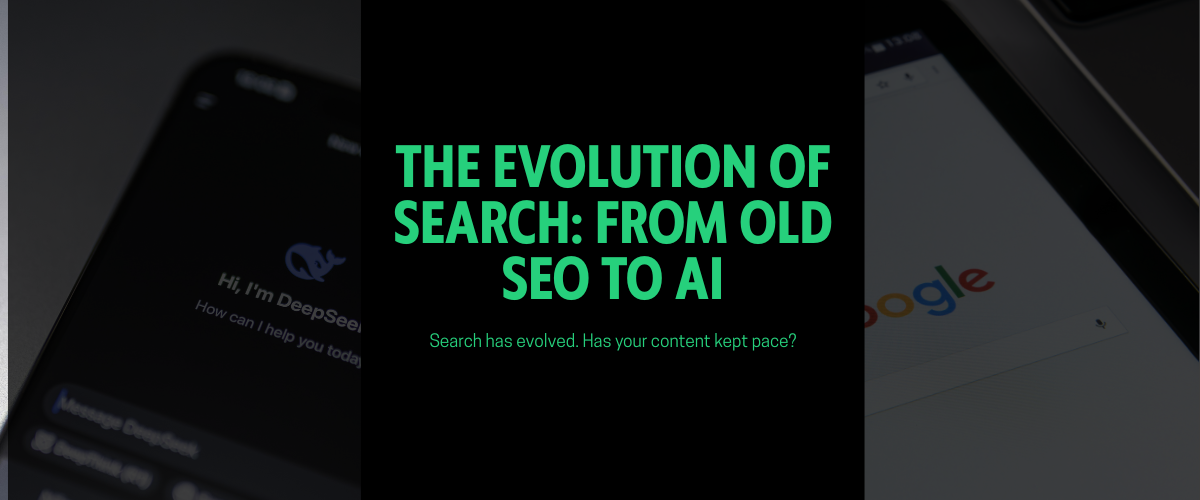Search used to be about keywords. Now it’s about answers.
AI-powered tools like ChatGPT, Google’s Gemini, and Perplexity are changing how buyers search for information, evaluate vendors, and make decisions. Instead of typing in keyword phrases, they’re asking full questions and getting summarized answers.
If your content isn’t built to be understood and surfaced by these tools, it’s likely being skipped.
This shift matters even more in B2B, where the buying journey is longer, involves more stakeholders, and depends on trust. So what does content need to look like today to stay relevant?
Let’s break it down.
How should B2B content change now that buyers are asking questions, not just typing keywords?
LLMs are trained to respond to natural language. That means buyers don’t search for “custom ERP software.” They ask:
“What should a mid-sized manufacturer look for in an ERP platform?”
If your content doesn’t reflect those kinds of real, buyer-driven questions, it won’t get picked up or found.
What to do:
- Add a FAQ section to each major service or solution page
- Use tools like ChatGPT to source real buyer questions
- Make your H2s and H3s question-based, such as How do ERP integrations reduce manual tasks?
What kind of structure do LLMs prefer when scanning content?
LLMs, and your buyers, favor clarity, organization, and skimmability. They’re not parsing long paragraphs. They’re extracting answers.
What to do:
- Use schema markup such as FAQ, How-To, or Article
- Break content into short paragraphs, bullet lists, and definition blocks
- Include TL;DR summaries or key takeaways near the top of the page
This isn’t just about SEO. It’s about making your content readable for both humans and machines.
Why does depth of content matter more now than ever?
LLMs favor authoritative sources. If you only have one blog post on a topic like CRM implementation, with no supporting content, your site likely won’t be treated as a credible resource.
What to do:
- Build content clusters that include one pillar page and five to seven internal blogs
- Interlink pages with consistent anchor text
- Cover a topic like you’re writing the manual, not just a teaser
How do you write content for a buying committee, not just one stakeholder?
LLMs reflect how real B2B decisions are made: collaboratively. Your content should speak to multiple decision-makers in a single journey.
What to do:
- Include callouts or content blocks for different stakeholders
- Add sections such as “For Your CFO” or “Why Ops Teams Care”
- Create personas and write for each one’s pain points within the same post
Can LLMs help you improve your own content?
Yes. The same tools that are changing how buyers research can help you pressure-test your messaging.
What to do:
- Ask ChatGPT, “Based on this page, what questions would a buyer still have?”
- Paste a draft into Claude or Gemini to test if it generates a strong answer
- Use LLMs to identify jargon, clarity gaps, and structure issues
The Bottom Line
Optimizing for LLMs isn’t just another SEO tactic. It’s a strategic reset. It’s about aligning your content with how real buyers search, evaluate, and decide.
At Tuna Traffic, we work as an embedded part of your marketing and sales team. That includes:
- Auditing your content for LLM visibility
- Rewriting pages to match how buyers and AI process information
- Structuring your content ecosystem for authority, clarity, and lead conversion
If your leads are slowing or your content hasn’t been updated in years, it’s time to rethink your approach.


